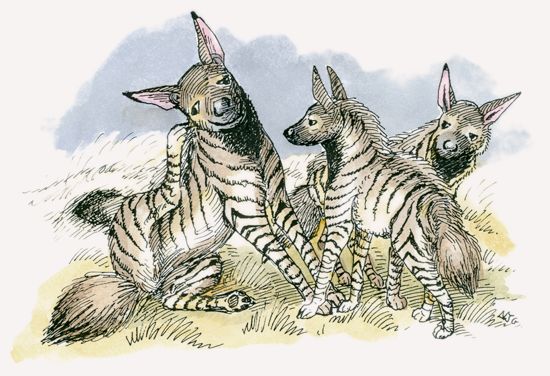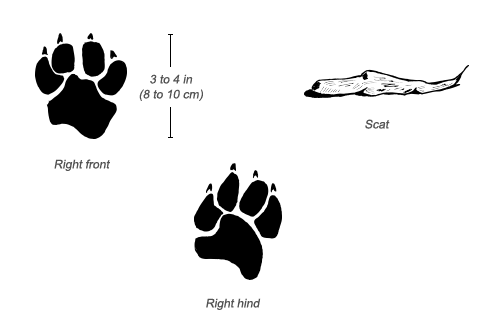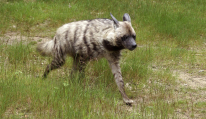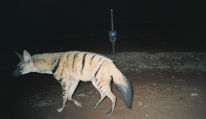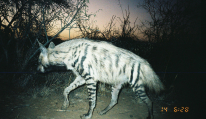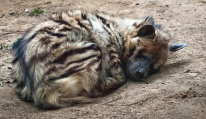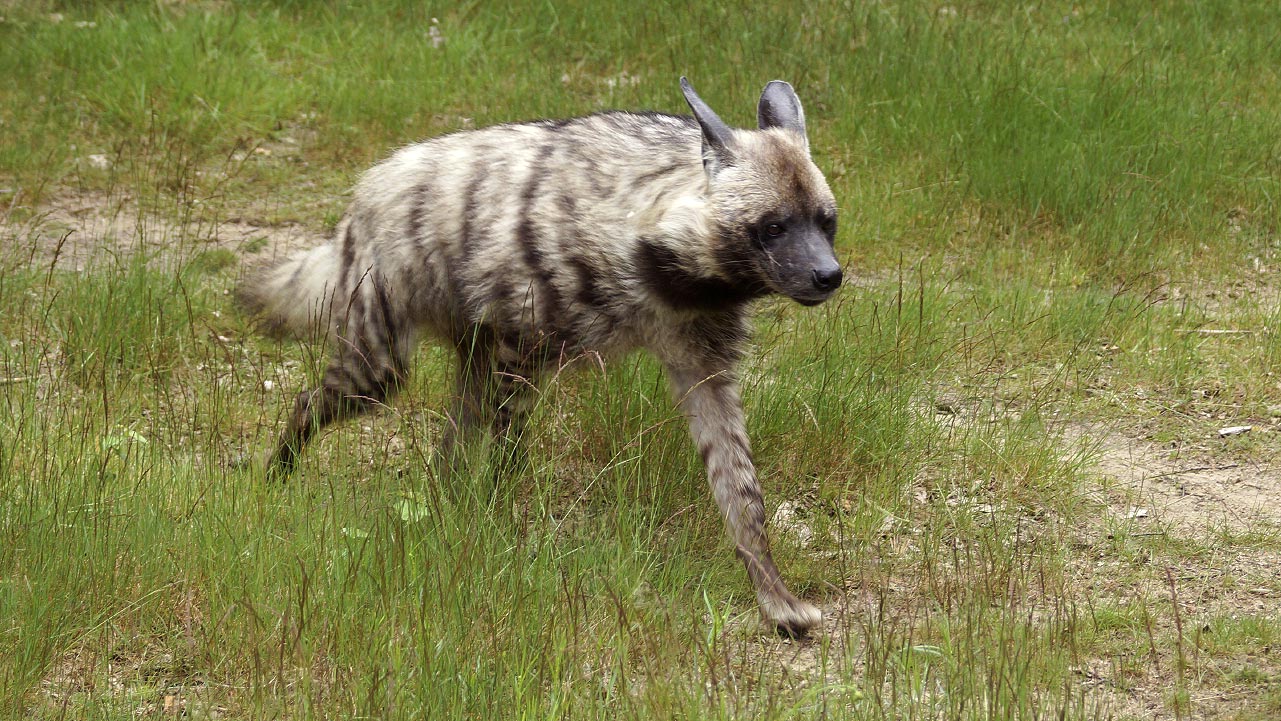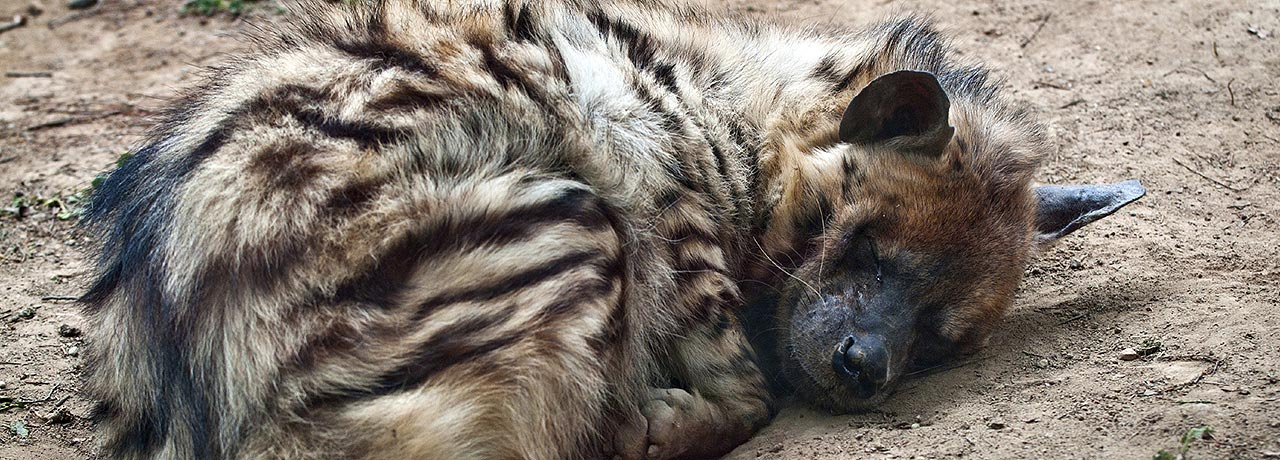Social Structure
Once thought to be solitary, striped hyenas actually live in small groups. However, they forage alone. When food is plentiful, a mother and her adult daughters may share a den and hunting ranges. Young females who have yet to find their own home range or to reproduce sometimes help their mothers or sisters raise cubs.
Communication
Striped hyenas are usually quiet, but may emit loud screeches or growl then roar when seriously threatened. They call to their cubs and respond to their babies’ whines by feeding them. When upset or threatened, these hyenas raise their impressive manes—making them appear nearly twice their size—encouraging enemies to back off. They also scent-mark the boundaries of their territories as a warning to rivals.
Behavior
Striped hyenas forage at night and are only active in the day during rainy, cloudy, or stormy weather. They rest and sleep in large caves, though at times will use dense vegetation as cover.
Conservation
The International Union for Conservation of Nature (IUCN) lists striped hyenas as a species of lower risk. Outside of protected areas, striped hyenas are very vulnerable to human-induced habitat degradation. Prejudices against hyenas reach back centuries. Striped hyenas have a tendency to raid human croplands for fruits and vegetables, and in some areas have been reported raiding human graves. Thus, hyenas are often poisoned. Some of their body parts are also used in traditional medicine. In some Arab countries, they are captured, blinded, and taken from village to village for people to torment.

